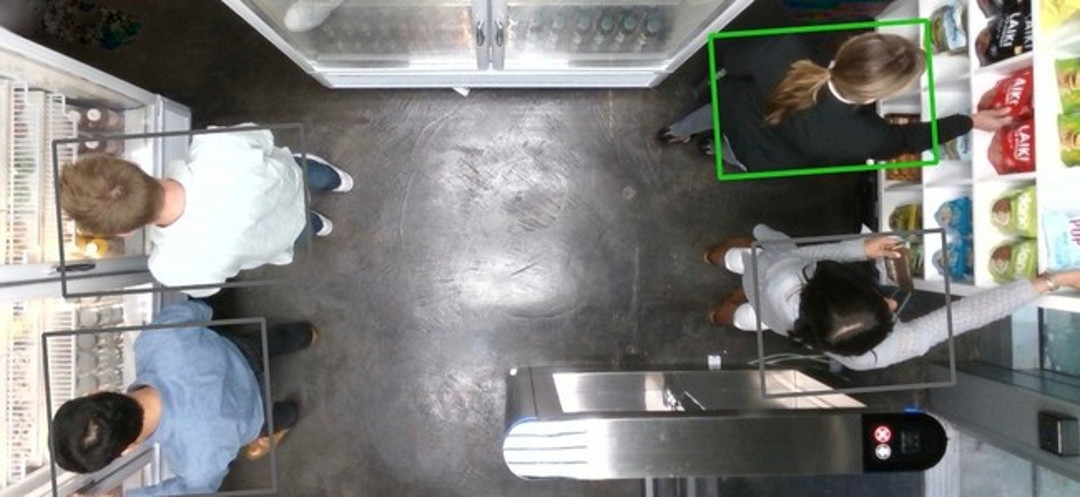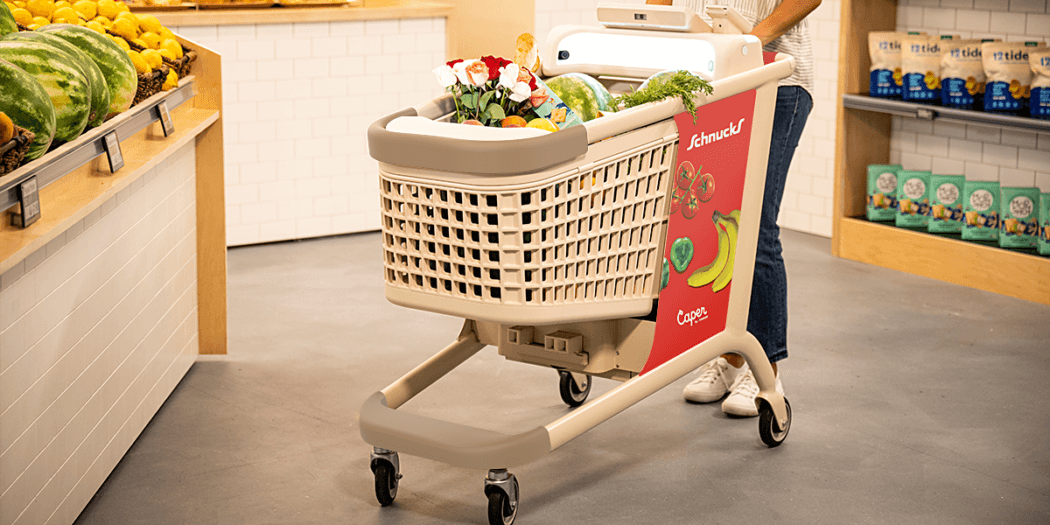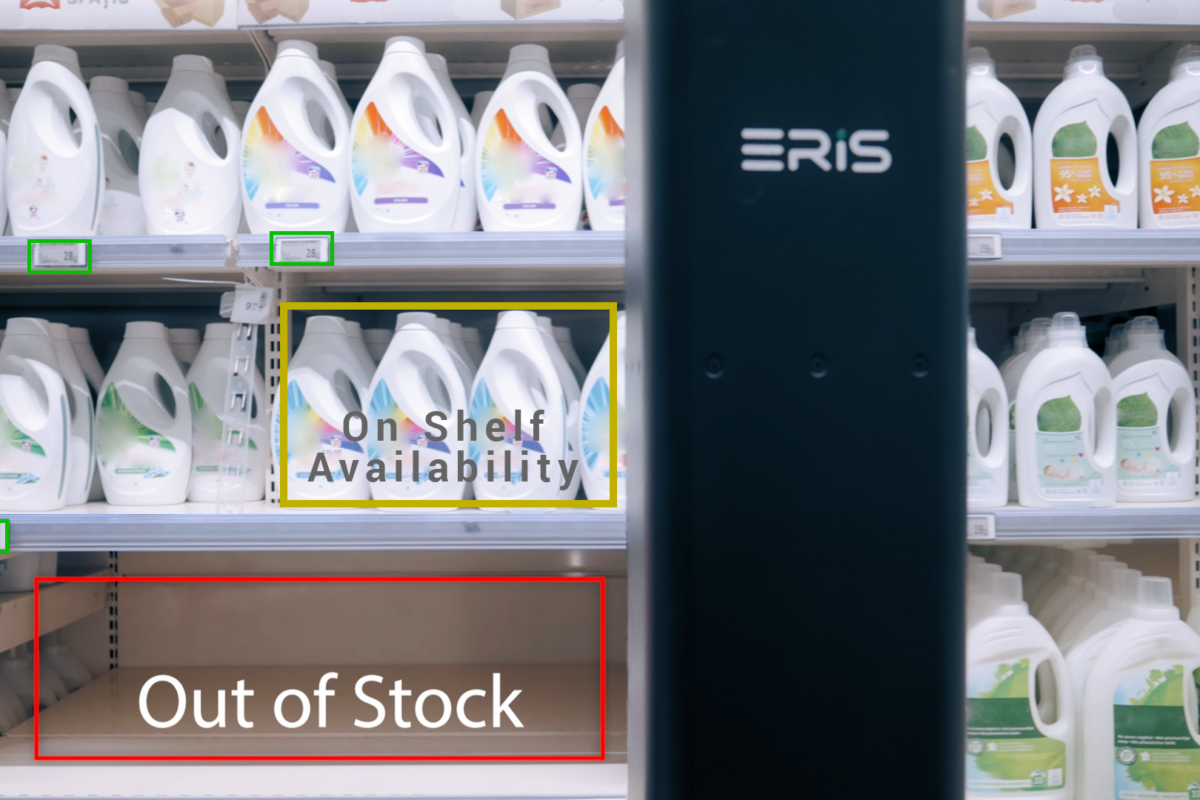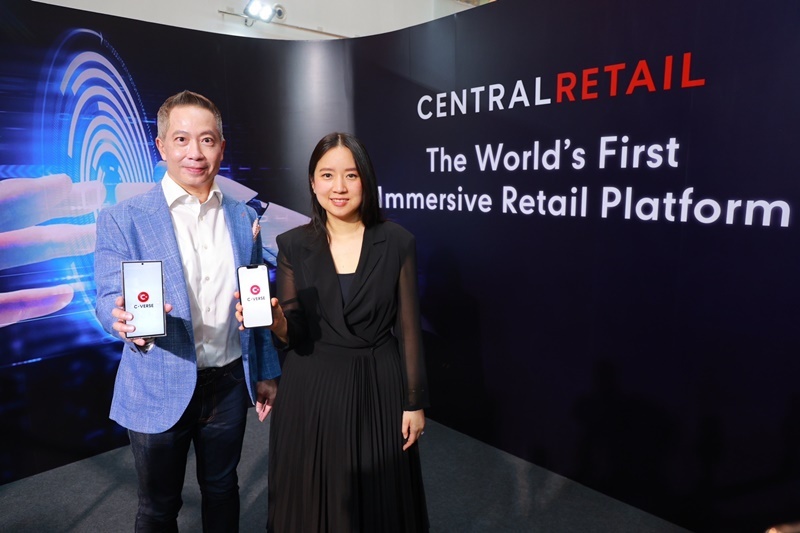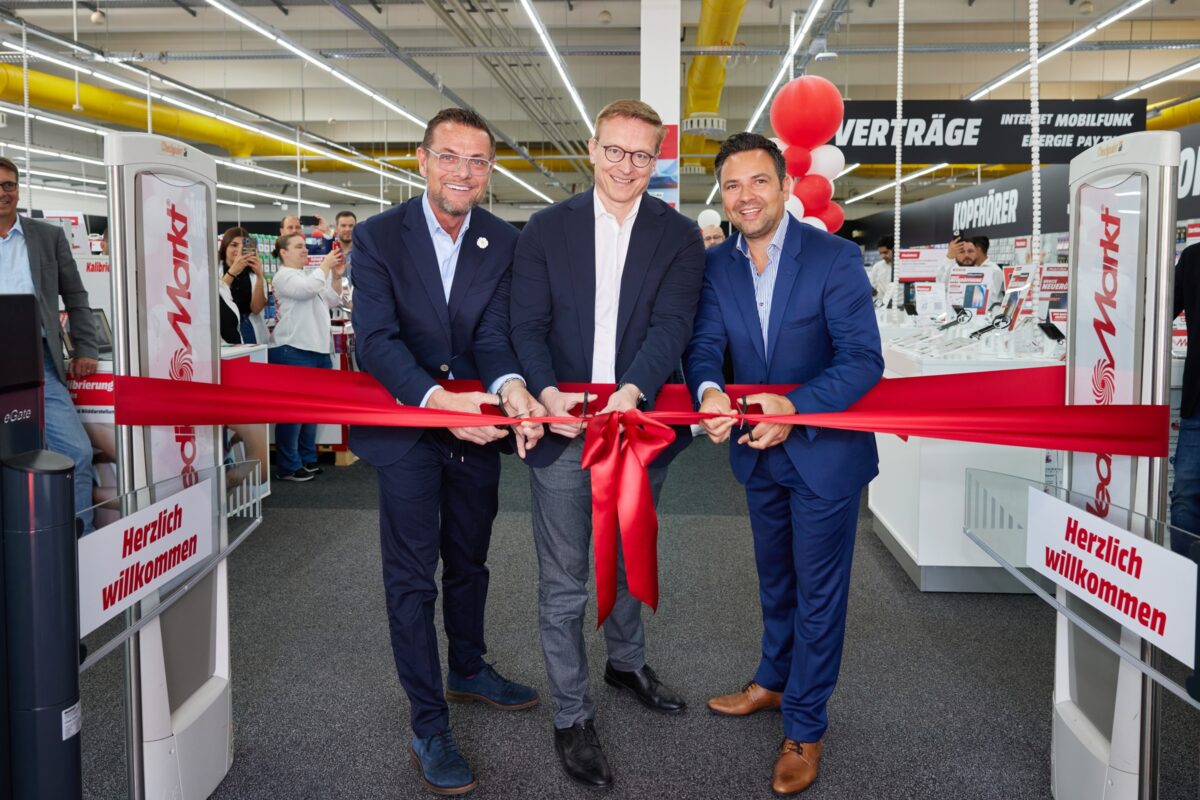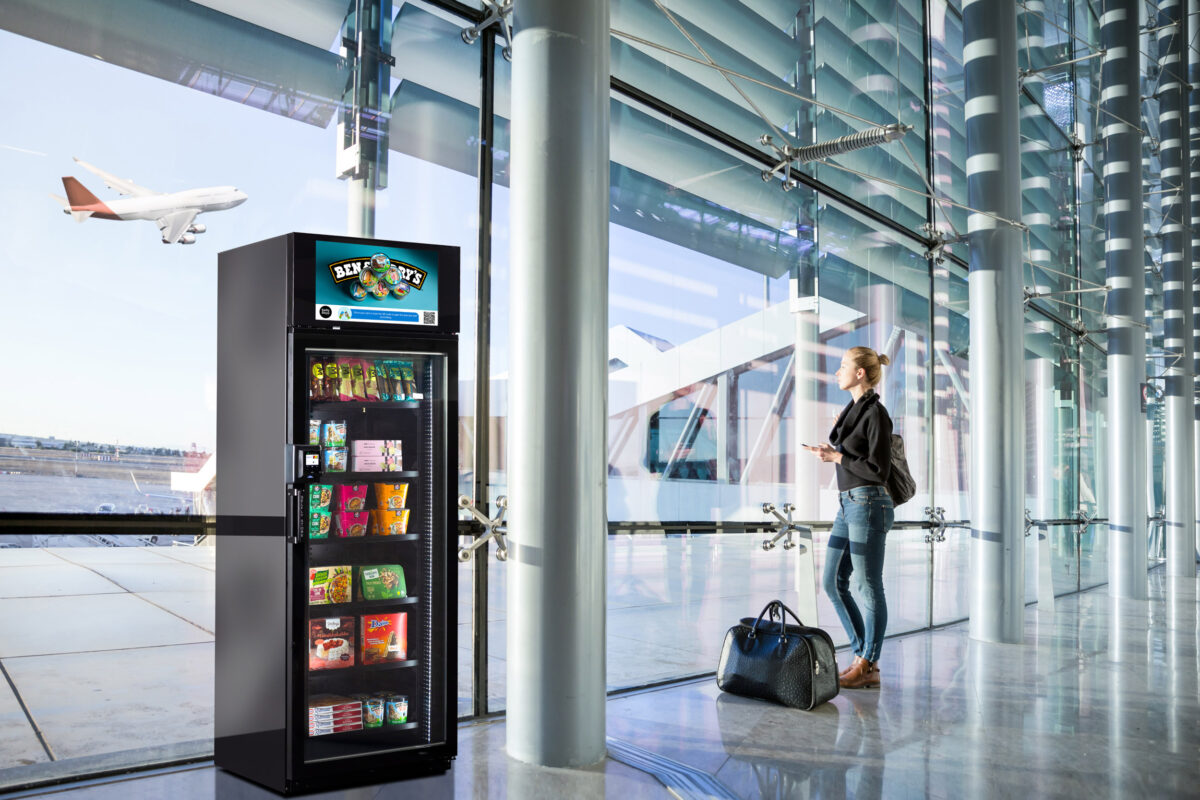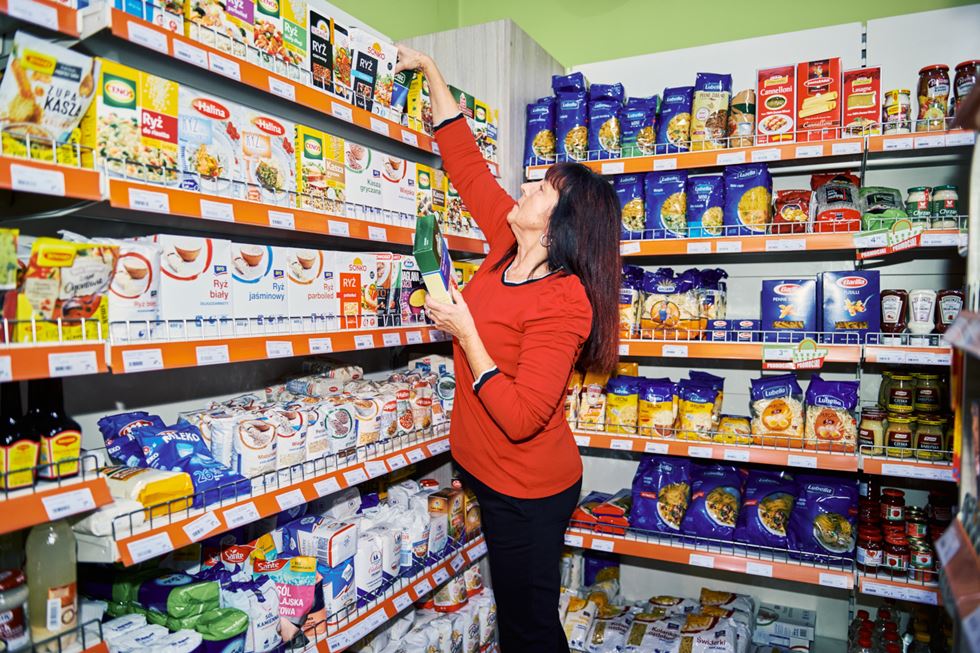Zippin announced the launch of its next-generation, checkout-free software platform that enables retailers to quickly deploy frictionless shopping in stores and brings an end to waiting in line for good. The San Francisco-based startup has also opened a concept store in San Francisco’s SOMA neighborhood to showcase its automated shopping technology in a real-life retail environment.
Consumers in the U.S. waste almost 37 billion hours a year standing in line, and a significant portion of that is spent waiting in retail checkout lines. Zippin’s patent-pending approach uses AI, machine learning, and visual cognition technology, to create the best consumer experience: banishing checkout lines and self-scanners, and letting shoppers zip in and out with their purchases. The secure and trusted Zippin platform can be easily and quickly deployed by any retailer wanting to offer autonomous, checkout-free shopping.
Sophisticated ai-based technology
While early approaches to autonomous shopping have relied solely on cameras to track purchases, Zippin’s ecosystem – which integrates its proprietary software with readily available hardware – uses a combination of overhead cameras and smart shelf sensors for the highest level of accuracy. Zippin’s approach stands out for its ability to work accurately even in a crowded store.
“Consumer frustration with checkout lines is driving a tidal wave of demand among retailers and real estate owners keen to provide a frictionless retail experience,” said Zippin CEO, Krishna Motukuri. “With annual sales of grocery stores, convenience stores and quick-serve restaurants totaling nearly 1.6 trillion dollars in the U.S. alone, we believe there is a sizeable market opportunity for us to pursue.”
Zippin’s platform offers all retailers a way to meet this demand, while increasing profits by freeing-up real estate and human capital, and achieving better inventory and merchandising efficiencies through real-time data captured by the system.
“Despite the popularity of shopping online, brick and mortar retail still accounts for more than 90 percent of all purchases made in the U.S. With Zippin, traditional retailers can now compete against e-commerce companies, which until now have had the advantage of leveraging a host of key data about their customers,” noted Motukuri.
How Zippin works for shoppers
Consumers download the Zippin app (available on iTunes and Google Play) and connect their preferred payment method. The app contains their store “key” or QR code which can be scanned to gain entry to a shop. Overhead cameras follow customers’ movements as they move around the store – without using face recognition. Cameras and smart shelf sensors track when and which products are picked up or put back.
Combining these two inputs allows Zippin to place the right items in the right shoppers’ virtual carts. On leaving the store, customers receive a receipt detailing their charges.
Zippin is currently offering access to its San Francisco concept store through private invitation. The shop will be open to the public for limited hours during the week beginning in mid-September.
Source: Zippin




